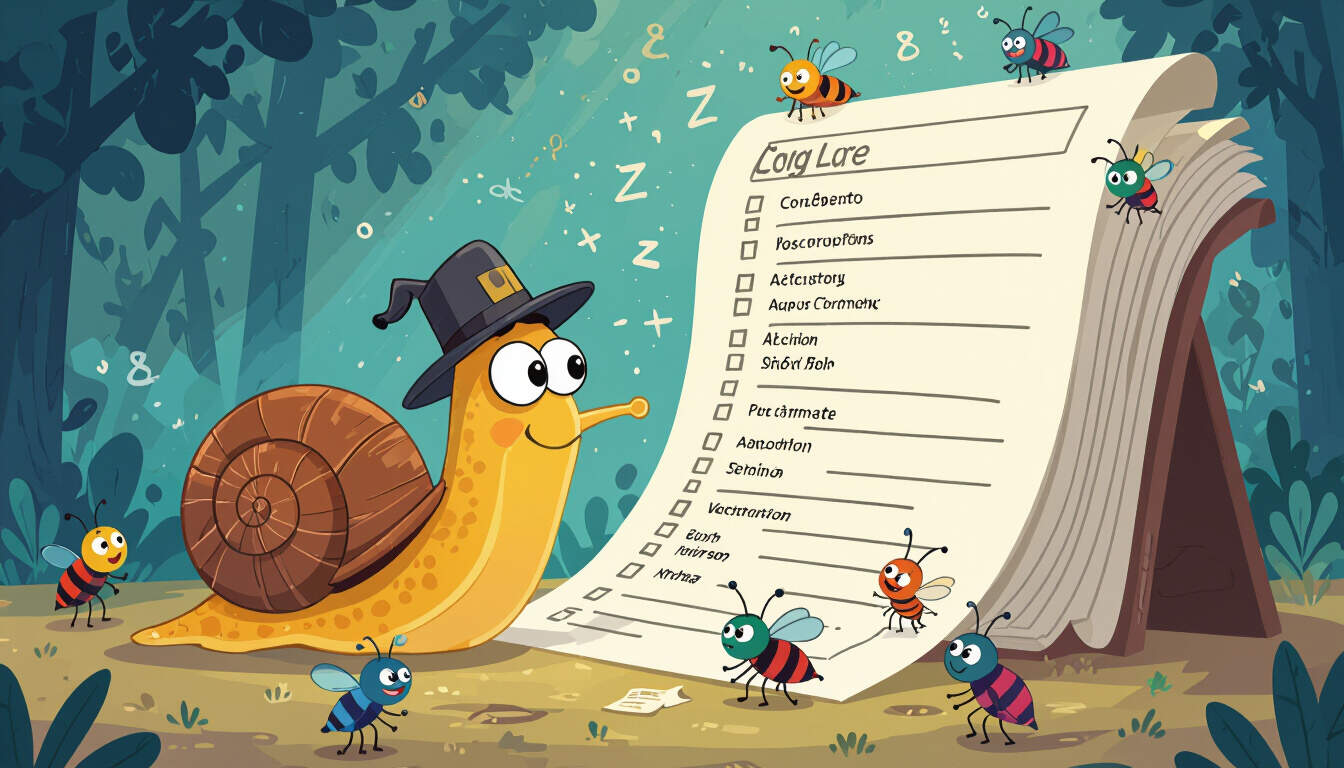Essential Logging and Monitoring Tools for Solo SaaS Architecture
 by Thaddeus Blanda
by Thaddeus Blanda
Discover how logging and monitoring tools can safeguard solo SaaS projects by providing insights into performance and errors. This guide covers key tools, implementation steps, and practical tips for developers working alone.

Logging and monitoring tools form a critical part of solo SaaS architecture, ensuring that developers can maintain smooth operations without a large team. These tools allow for the collection and analysis of data from applications, helping to identify issues before they escalate.
Why Logging and Monitoring Matter in Solo SaaS
In solo SaaS development, maintaining system health is essential for reliability. logging tools capture events and errors, providing a record that developers can review. This is particularly useful for spotting patterns that might indicate underlying problems.
Monitoring tools, on the other hand, offer real-time oversight of application performance. For a solo developer, this means staying ahead of potential downtime, which can be costly for user satisfaction. By integrating these tools early, developers can focus on building features rather than firefighting issues.
Popular Logging and Monitoring Tools
Several tools stand out for their ease of use in solo projects. One example is tools like ELK Stack, which includes Elasticsearch for searching logs, Logstash for processing, and Kibana for visualization. For beginners, starting with something simpler like the built-in logging in frameworks such as Flask or Express can be a good entry point.
Another option is Prometheus for monitoring, paired with Grafana for dashboards. These allow developers to track metrics like response times and error rates. In a real-world scenario, a solo developer building a web app might use Prometheus to monitor API calls, ensuring that monitoring tools provide actionable data.
Step-by-Step Guide to Implementing Logging
Getting started with logging involves a few straightforward steps. First, choose a logging framework compatible with your tech stack. For instance, if you're using Python, integrate the logging module from the standard library.
Next, configure log levels such as info, warning, and error to filter noise. Set up log outputs to files or external services. Then, instrument your code by adding log statements at key points, like user authentication or data processing.
Finally, review and rotate logs regularly to manage storage. A solo developer might implement this in a small e-commerce SaaS app by logging user sessions, which helps in debugging checkout processes without overwhelming the system.
Step-by-Step Guide to Setting Up Monitoring
Monitoring setup begins with selecting metrics to track, such as CPU usage or request latency. Use tools like New Relic or Datadog for comprehensive monitoring, though they might require some setup time.
Once selected, install agents or SDKs into your application. Configure alerts based on thresholds, so you get notifications via email or Slack when issues arise. For example, set an alert for high error rates in a solo SaaS blog platform.
Test the setup by simulating traffic or errors. This ensures that your monitoring is reliable and provides insights that lead to quick fixes. In practice, a developer might use this to optimize database queries, improving overall app performance.
Real-World Examples and Best Practices
Consider a solo developer creating a task management SaaS. By using logging tools, they tracked user interactions and identified a recurring bug in task assignments. This led to a fix that improved user retention.
Best practices include keeping logs structured for easy parsing and ensuring privacy by anonymizing sensitive data. Regularly analyze logs to inform updates, turning data into a strategic asset.
For monitoring, aim for integration with deployment pipelines. This way, you can catch issues during releases. In another example, a developer monitored server health during peak hours, preventing outages that could affect subscribers.
Integrating Tools for Efficiency
Combining logging and monitoring creates a cohesive system. Tools like Sentry offer both error tracking and performance insights, making them ideal for solo setups. By correlating logs with metrics, developers can diagnose problems faster.
In a practical case, a solo SaaS for file sharing used integrated tools to detect and resolve a memory leak, enhancing stability. Focus on scalability, even in small projects, to handle growth without major overhauls.
Conclusion
For solo SaaS developers, logging and monitoring tools are indispensable for building resilient applications. By following these guides and examples, you can implement effective systems that support long-term success. Remember to adapt tools to your specific needs, ensuring a smooth development process.
